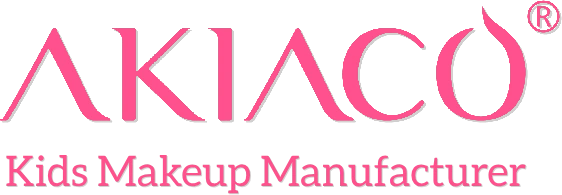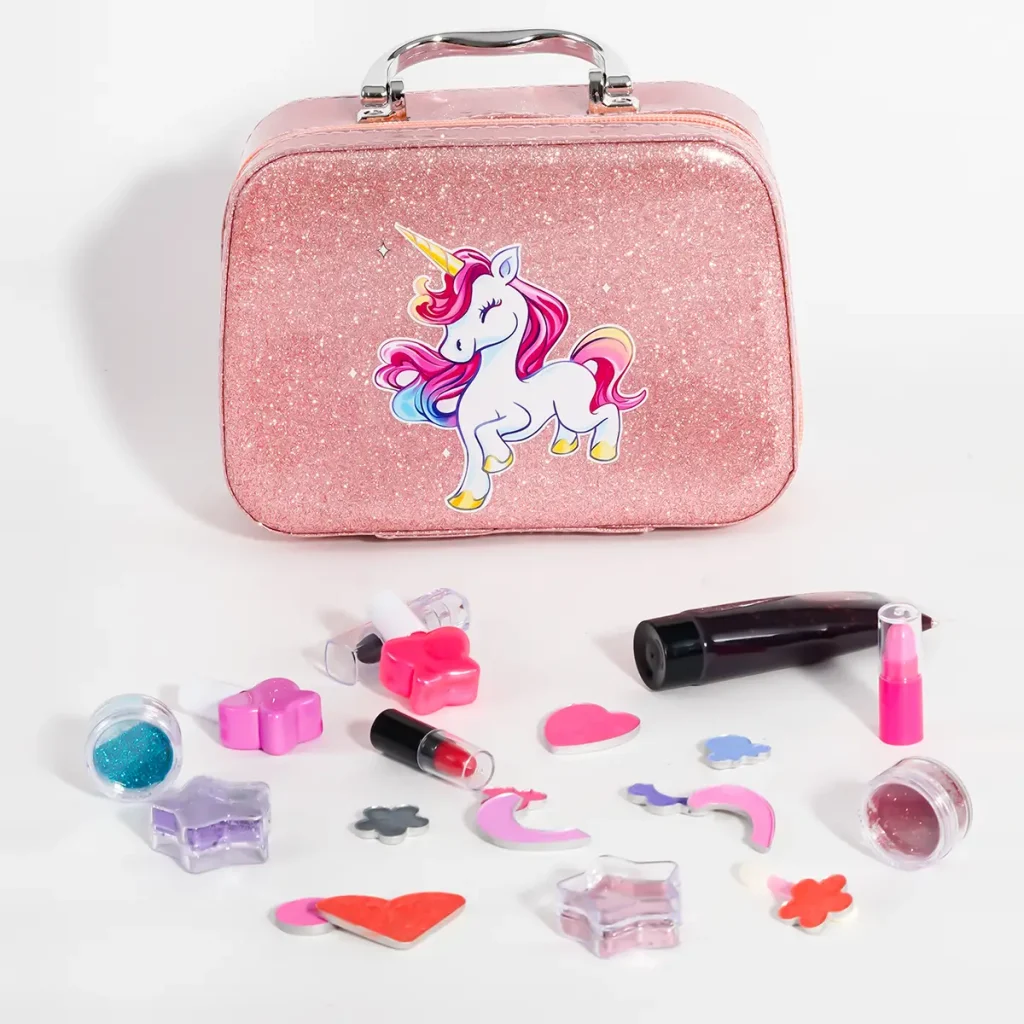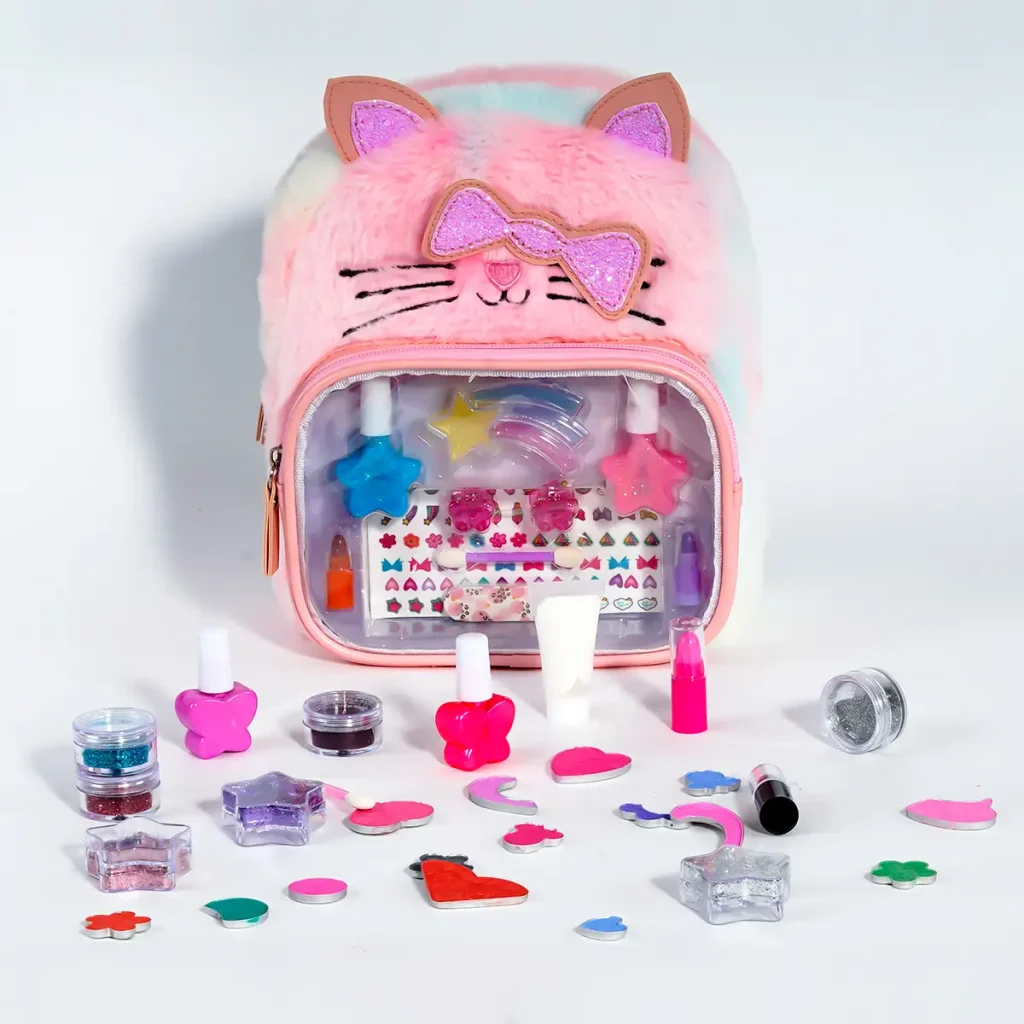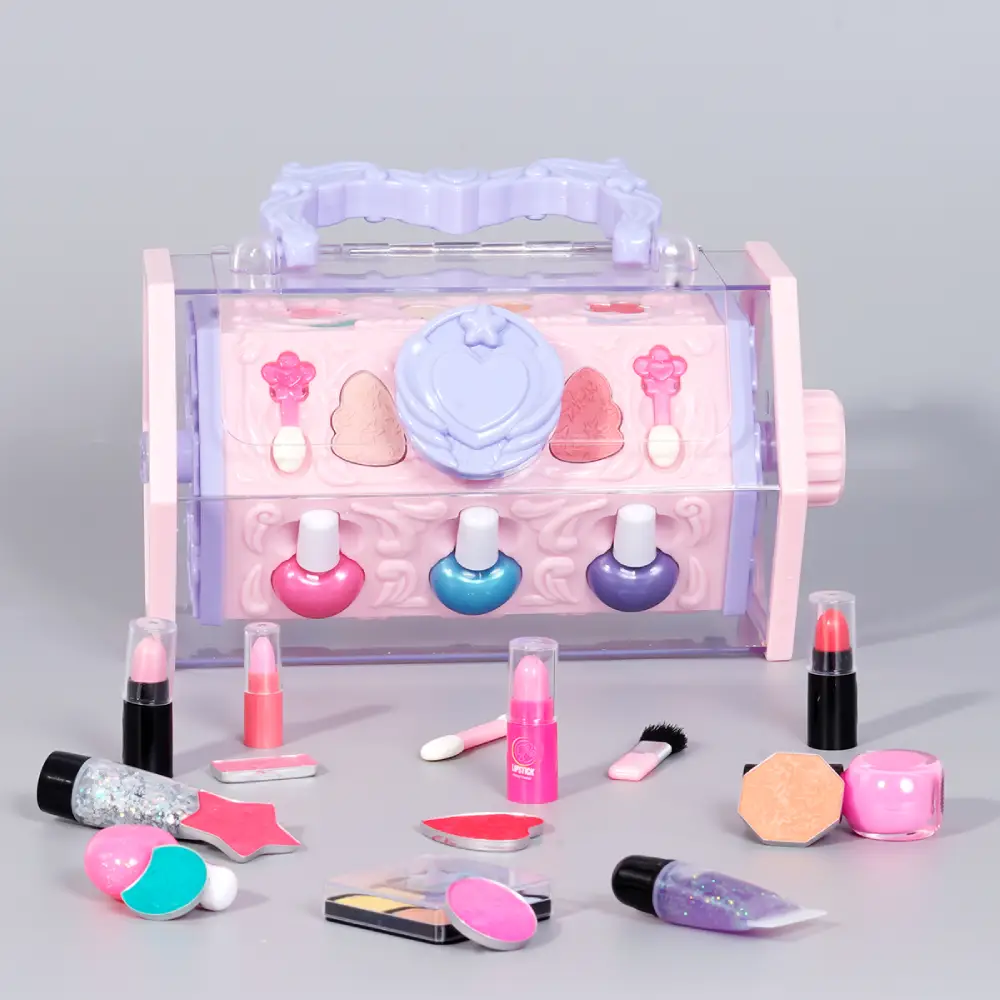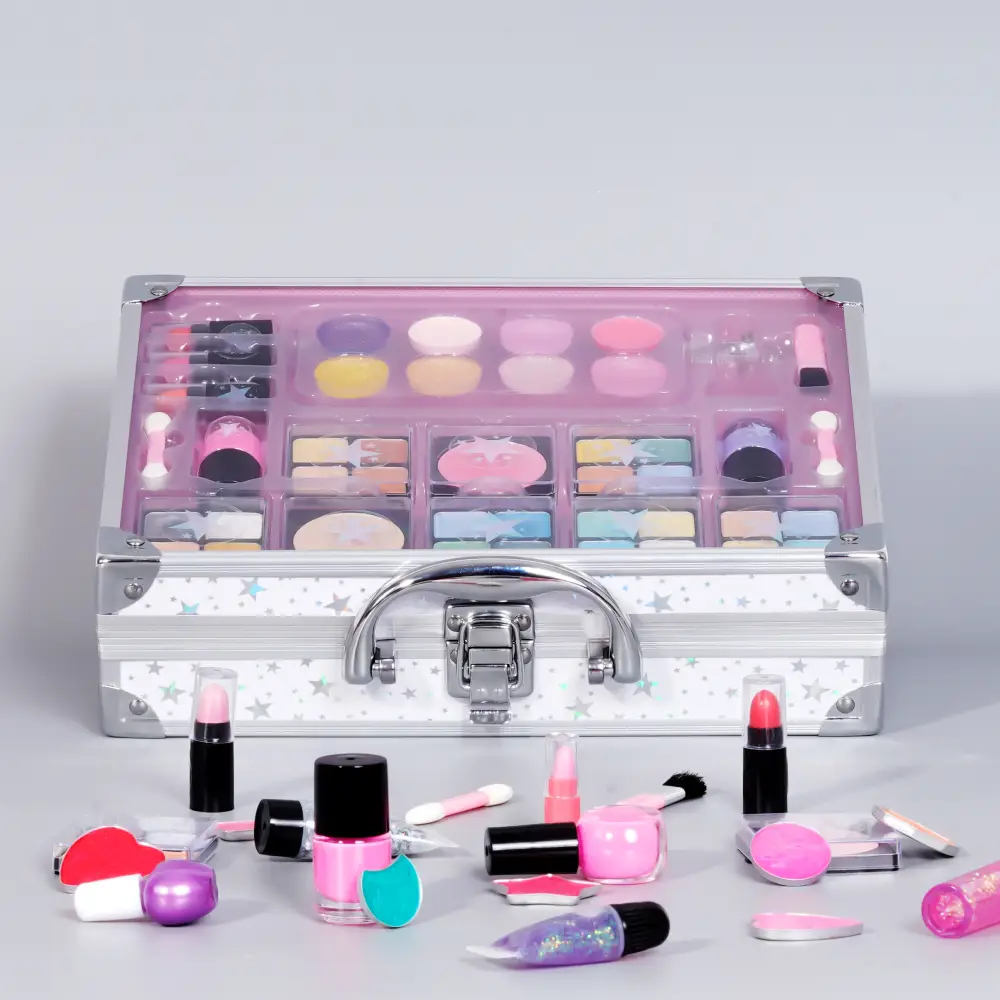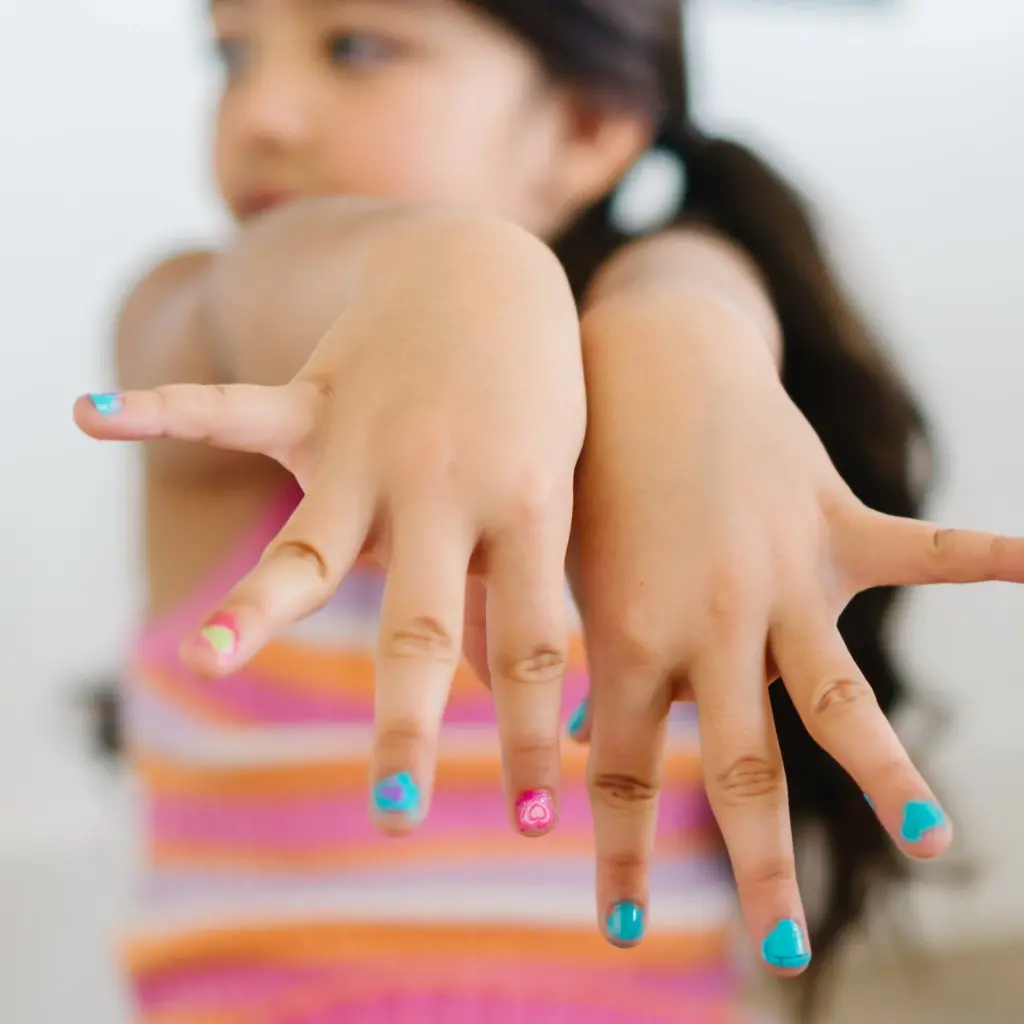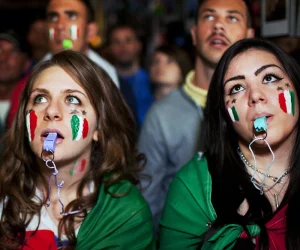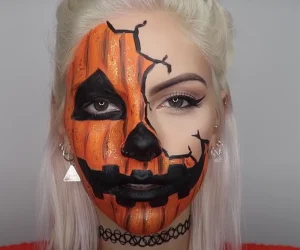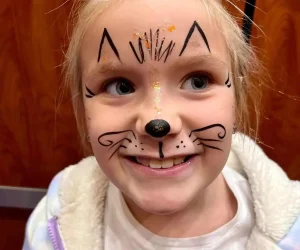What Makeup Is Appropriate for Kids? A Thoughtful Guide
Table of Contents
Children often show interest in makeup early. This isn’t always about beauty—it’s more about curiosity, imitation, and creativity. Understanding why kids are drawn to makeup kits can help adults support their play in a safe, age-appropriate way.
The Influence of Media and Role Models
Kids are observant. They watch parents getting ready, notice older siblings using lip gloss, or see makeup tutorials on social platforms—even ones meant for adults. Cartoons, movies, and toys also feature characters with colorful eye shadow or shiny lipstick. Over time, makeup becomes linked to fun, maturity, or even magic.
For example, a six-year-old might ask for a makeup set after watching a princess movie. The bright colors and sparkles aren’t about looking grown-up—they’re about feeling part of the story.
According to a 2021 study published in Pediatrics, exposure to adult beauty content can influence a child’s perception of appearance norms as early as age seven (Smith et al., 2021).
The Role of Pretend Play in Development
Makeup kits are often used in pretend play. A child might become a chef one day, a firefighter the next, and a “makeup artist” right after. Pretend play helps kids explore roles, solve problems, and build social skills.
When a child applies play makeup to a doll or a friend, it’s often part of a larger scene they’ve created. They might say, “I’m doing a spa day!” or “You’re getting ready for the ball!” The makeup is a prop—not the focus.
Experts at the American Academy of Pediatrics note that this kind of imaginative role-playing supports emotional growth and communication (AAP, 2020).
Emotional and Social Expression Through Makeup
Kids also use makeup to show feelings. A blue heart on a cheek might mean sadness in a story. Glitter on the forehead could be a sign of “superpowers.” The colors and shapes can reflect a child’s inner world, not just an outer look.
Sometimes, it’s about fitting in. A child might use makeup to join in with friends at a sleepover or birthday party. Other times, it’s just about having control over something—choosing a color, making a design.
In one case, an eight-year-old drew stars on her arms because, she said, “It helps me feel calm.” Small actions like this give insight into how children process emotions and learn self-expression.
Understanding Age-Appropriate Makeup for Children
Children of different ages have unique developmental needs, skin sensitivities, and levels of maturity. Choosing makeup that aligns with their age group helps promote safe, creative exploration while protecting their well-being.
Makeup for Toddlers and Preschoolers (Ages 2–5)
At this stage, children have delicate, highly sensitive skin and are prone to rubbing their eyes or putting fingers in their mouths. For them, makeup should be minimal or avoided altogether unless it’s labeled as non-toxic and specifically designed for this age range.
If makeup is used during play (e.g., face painting at parties), ensure it’s hypoallergenic, fragrance-free, and easy to remove with water. Adult supervision is essential at all times.
Makeup for Early School Age (Ages 6–9)
As kids grow, their interest in play-based makeup increases. Safe options in this range include washable face paints, water-based nail polish, tinted lip balms, and child-specific makeup crayons. Products should still be free from parabens, synthetic dyes, and artificial fragrances.
At this age, makeup is still a part of pretend play rather than appearance enhancement, and adult guidance remains important to encourage safe habits.
Makeup for Tweens (Ages 10–12)
Tweens begin to show interest in makeup as a form of self-expression or social identity. This is a suitable time to introduce simple, age-appropriate items like lightly tinted lip gloss, powder blush, or shimmer creams—provided they are labeled safe for sensitive skin.
However, tweens should still avoid heavy foundations, harsh cleansers, or waterproof formulas that require strong removers. Parents and caregivers can use this time to educate tweens about skincare, hygiene, and moderation.
What Types of Makeup Are Safe and Suitable for Kids?
Not all makeup is created with children in mind. Age-appropriate makeup should prioritize gentle, easily removable formulas that won’t irritate young skin or cause long-term effects. Here’s what to look for.
Washable and Water-Based Formulas
Makeup designed for kids should always be easy to wash off with mild soap and water. Water-based formulas are typically free of harsh solvents or waterproofing agents that can damage delicate skin or require strong removers. These formulas reduce the risk of skin irritation and are ideal for short play sessions or special occasions.
Tinted Lip Balms, Face Paints, and Play-Grade Powders
These light, skin-friendly products offer color and fun without overexposing kids to cosmetic chemicals.
- Tinted lip balms with natural oils are preferable to glosses with synthetic flavors or shimmer.
- Face paints labeled non-toxic and compliant with safety standards are great for events.
- Play-grade powders or shimmer creams designed for children can allow artistic expression while remaining safe for regular use.
Avoiding Adult-Level Products in Early Childhood
Children should never use makeup made for adults, especially in early childhood. These products may contain retinoids, parabens, phthalates, or strong fragrances that are too harsh for immature skin.
In addition, adult makeup tools like sharp pencils, eyelash curlers, or strong setting sprays pose physical risks. Stick to products formulated specifically for kids to ensure safety and peace of mind.
Ingredients to Look for (and Avoid) in Kids’ Makeup
Choosing makeup for kids goes beyond colors and packaging—it starts with what’s inside the product. Reading and understanding ingredient labels is essential to avoid irritation and ensure the product is genuinely safe for children’s delicate skin.
Understanding Labels and Common Chemicals
Ingredient labels can be confusing, especially when filled with scientific names.
As a general rule, avoid products that list parabens (used as preservatives), phthalates (plasticizers often hidden in fragrances), formaldehyde-releasing agents (like DMDM hydantoin), and synthetic dyes (such as FD&C Red #40).
These can cause allergic reactions, hormonal disruptions, or skin sensitivity over time. Look for simple formulations with fewer ingredients, preferably labeled “non-toxic” or “safe for sensitive skin.”
Natural Doesn’t Always Mean Safe
Just because a product claims to be “natural” doesn’t automatically make it safe for kids. Some natural ingredients, such as essential oils (e.g., peppermint or tea tree), citrus extracts, or herbal components, can cause irritation or allergic reactions.
Children’s skin absorbs ingredients more quickly than adult skin, so even small amounts can have stronger effects. Always test a small area first and don’t assume natural equals gentle.
Allergen-Free and Dermatologist-Tested Options
When possible, choose products labeled “allergen-free,” “dermatologist-tested,” or “pediatrician-approved.” These labels indicate that the product has undergone at least some safety testing to reduce the likelihood of triggering reactions.
While they are not absolute guarantees, they offer a safer starting point than products without any such claims. Also look for fragrance-free or hypoallergenic makeup, as added scents are a common cause of irritation in children.
Skin Sensitivity and Health Considerations
Children’s skin is not just smaller—it’s also thinner, more permeable, and more prone to irritation. That makes thoughtful makeup selection essential to avoid both short-term discomfort and long-term skin issues.
Why Children’s Skin Needs Gentle Care
The outermost layer of a child’s skin is still developing, which means it’s less effective at blocking harmful substances.
As a result, children’s skin can absorb chemicals more easily and is more likely to react to ingredients that would be harmless to adults. Their immune systems are also still learning to distinguish between harmful and harmless agents, increasing the risk of contact dermatitis or allergic reactions.
Common Reactions to Monitor
Even with “kid-safe” makeup, it’s important to watch for signs of irritation. Common reactions include redness, itching, rashes, bumps, swelling, or a burning sensation after application.
In rare cases, children may develop contact dermatitis or allergic reactions that require medical attention. If any symptoms appear, discontinue use immediately and consult a pediatrician or dermatologist.
The Importance of Patch Testing
Before applying any new product to your child’s face, always perform a patch test. Apply a small amount to the inside of their wrist or elbow and wait 24 hours. If no irritation or redness occurs, the product is likely safe to use.
Patch testing is a simple yet crucial step, especially when trying a product for the first time or if your child has a history of skin sensitivities.
How Much Is Too Much? Setting Reasonable Boundaries
Makeup can be a fun and creative outlet for kids, but it’s essential to strike a balance between enjoyment and health. Establishing healthy boundaries ensures that makeup use stays age-appropriate and doesn’t interfere with your child’s skin health or development.
Balancing Fun with Safety
Kids often explore makeup during pretend play, and that’s perfectly normal. However, using too many products too often—especially those with strong pigments or fragrances—can irritate their skin or promote early focus on appearance.
Parents should encourage self-expression while making sure makeup stays part of playtime, not a daily routine. Occasional use for fun or dress-up is much safer than frequent or unsupervised application.
Age-Appropriate Frequency of Use
For young children, makeup should be used sparingly—perhaps for playdates, parties, or special occasions. Daily use is not recommended for children under 12.
Not only can frequent use increase the risk of skin issues, but it may also introduce habits that prioritize appearance too early. Consider setting family guidelines that limit use to weekends or specific events.
Talking to Kids About Healthy Limits
Open conversations help children understand the “why” behind rules. Explain that makeup is fun but needs to be used wisely to keep their skin healthy.
Reassure them that it’s okay to play dress-up and enjoy colors, but that real beauty also comes from taking care of themselves and others. Setting limits is easier when children feel involved and respected in the process.
Hygiene Habits and Application Tips for Kids
No matter how safe a makeup product is, poor hygiene can quickly turn playtime into a skin health issue. Teaching children good habits from the start helps protect their skin and builds responsible routines.
Cleaning Tools and Avoiding Contamination
Brushes, sponges, and applicators can collect bacteria quickly, especially when shared or used repeatedly without cleaning.
Children should learn to wash tools with mild soap and warm water at least once a week, and dry them thoroughly. Makeup itself should be stored in a cool, dry place and kept tightly sealed when not in use to prevent contamination.
Sharing Makeup — What Parents Should Know
Sharing makeup between children—even siblings—can spread bacteria, viruses, and fungi. Eye products in particular (like shadows or liners) pose risks of conjunctivitis or skin infections when shared.
It’s best to teach kids that makeup, like a toothbrush, is a personal item. Each child should have their own set, even if it’s minimal.
Teaching Proper Removal and Skin Care
Proper makeup removal is just as important as applying it. Children should be taught to remove makeup with gentle, fragrance-free wipes or a mild cleanser before bed or after play.
Never let makeup sit on the skin overnight.
Following up with a simple moisturizer can help keep their skin calm and hydrated, especially if they’ve used powder-based or water-resistant products.
The Psychological Impact of Makeup Use in Childhood
Makeup isn’t just a physical product—it can also shape how kids think about themselves. While makeup play often sparks joy and creativity, it’s important to consider the emotional effects of early beauty exploration and ensure it fosters confidence, not pressure.
Confidence, Creativity, and Role-Playing
For many children, makeup is a tool for imaginative play. It allows them to pretend, mimic adults, or become characters during playtime. This type of role-playing can build social skills, boost self-esteem, and support emotional development—especially when used in fun, low-pressure settings.
When framed as dress-up or artistic expression, makeup becomes part of a child’s creative toolbox.
Avoiding Early Pressure About Appearance
Problems may arise when kids start using makeup to “fix” themselves or feel judged without it. Overemphasizing physical appearance at a young age can lead to body image concerns later.
Parents can help by focusing on internal qualities like kindness, curiosity, and confidence, rather than praising children solely for how they look in makeup.
Supporting Self-Expression Without Expectations
Let your child take the lead when it comes to makeup interests. Avoid pushing them to wear it or making it a reward. Instead, provide age-appropriate tools and encourage exploration without expectation. When children feel free to express themselves, they’re more likely to develop a healthy relationship with makeup—and with themselves.
DIY Makeup for Kids: Is It a Safe Alternative?
With safety concerns around commercial products, many parents consider homemade options. While DIY makeup may seem like a natural choice, it’s not always the safest. Proper ingredients, hygiene, and storage are crucial.
Popular Homemade Recipes and Their Risks
Online tutorials often suggest using household items like cornstarch, beet juice, or coconut oil for DIY makeup. While these seem harmless, they can still cause irritation, especially around sensitive eyes and lips. Some ingredients may not be sterile or skin-safe and could lead to allergic reactions or infections.
Shelf Life and Storage Concerns
Unlike commercial cosmetics, homemade products typically lack preservatives. This means they spoil quickly—sometimes within days. Bacteria and mold can grow unnoticed, especially if stored in warm or damp places. Always label DIY products with a date and discard after a short period, even if they appear fine.
When to Say No to Kitchen Chemistry
While DIY kits may sound fun, they should only be used under adult supervision and with child-safe recipes. Avoid experimenting with essential oils, food coloring, or anything not intended for skin. If you’re unsure about an ingredient, it’s safer to skip the experiment than risk your child’s skin health.
What Experts Say About Kids and Makeup
Parents often wonder if makeup is “okay” for their child. Medical and child development experts generally agree that when used appropriately, makeup play isn’t harmful—but caution is key.
Pediatricians’ Views on Cosmetic Use
Pediatricians stress moderation. Makeup should be occasional and non-toxic, especially for children under 12. They advise against eye and lip products for very young kids and emphasize adult supervision. Health professionals also warn against daily use and products with harsh chemicals, as kids’ skin is more absorbent and vulnerable than adults’.
Dermatologists’ Advice for Parents
Dermatologists recommend patch testing any new product before full use. They also encourage parents to choose fragrance-free, hypoallergenic, and dermatologist-tested items. Even “natural” products can cause reactions, so reading labels and understanding what goes on your child’s skin is essential.
Child Psychologists’ Perspective on Early Beauty Play
Psychologists note that makeup play can support identity exploration and imagination when guided with care. However, they caution against making appearance a focal point of a child’s self-worth. Makeup should be treated as just one form of creative play—never as a necessity or a symbol of value.
Conclusion
Choosing appropriate makeup for kids means balancing safety, creativity, and emotional development. With gentle ingredients, hygiene habits, and age-appropriate use, makeup can be a fun and positive part of a child’s imaginative world.
FAQ
Even if a product is labeled safe, daily use is not ideal for young skin. Frequent application can cause irritation, dryness, or clogged pores. Limit use to special occasions and always remove makeup thoroughly to maintain healthy skin.
No, adult makeup often contains harsher ingredients, strong pigments, and preservatives not suitable for children. Kids' skin is thinner and more sensitive, so adult formulas can increase the risk of allergic reactions or long-term skin issues.
Immediately remove the makeup with gentle cleanser and water. Avoid using any product on the affected area. If redness, itching, or swelling continues, consult a pediatrician or dermatologist. Always patch test new products before full use.
Adult makeup removers may contain alcohol or strong surfactants that can irritate children's skin. Instead, opt for mild, fragrance-free cleansing options made for sensitive skin or use lukewarm water and a soft cloth for gentle removal.
Check for safety certifications like ASTM or EN71, and look for “non-toxic” and “dermatologist-tested” labels. Also, avoid kits with vague ingredient lists or no clear manufacturer information. When in doubt, consult expert guidelines or professionals.
